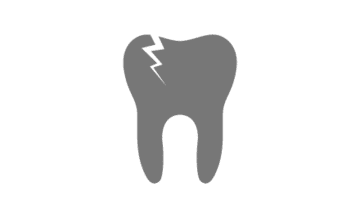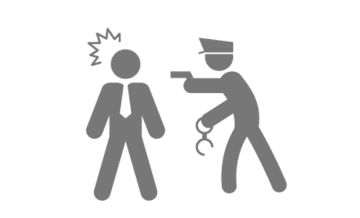Our Experienced Brain Injury Attorneys Explain Some Basic Things You Need To Know If You Injured Your Brain or Skull
The brain and its protective skull are, of course, critical parts of the human body. As a result, accidents that damage the skull or that cause brain injury or brain damage can be severely incapacitating. In addition, medical malpractice can also cause brain damage under certain circumstances, including cases when a baby is deprived of oxygen during labor and delivery. Injuries to the brain can be life changing because of the brain’s central role in thought and movement of the body.
The Anatomy of a Healthy Brain and Head
The skull is comprised of a collection of fused bony plates that house and protect the brain and sensory organs. Movement of the bones of the skull allow the facial movement necessary for people to eat, speak and make facial expressions. The skull is made up of two kinds of bones: cranial and facial. There are eight cranial bones, which primarily protect the brain. These bones provide a solid barrier around the brain, while allowing nerves and blood to enter. The frontal, ethmoid and sphenoid bones have hollow spaces called paranasal sinuses, which lighten the weight of the head and allow a resonant quality to one’s voice. The occipital bone has an opening at the base of the skull for the spinal cord’s attachment to the brain stem. This bone is part of the atlanto-occipital joint which allows the head to move back and forth. There are two additional parietal and temporal bones, which cover the majority of the top of the head down to the forehead.
There are fourteen facial bones, which give shape and support to the face. The mandible (or jaw bone), two maxillae, which contain the teeth and paranasal sinuses, the vomer and two palatine, nasal, zygomatic, nasal conchae, and lacrimal bones.
The brain contains the stem, cortex, cerebellum, basal ganglia, and meninges. The skull protects and surrounds the brain. The head also contains important organs such as the ears, eyes, and nose, as well as crucial muscles that are used for chewing, speaking and making facial expressions.
Common Brain and Head Injuries Caused by Accidents
Accidents, like a blow or a penetrating wound to the head, can cause concussions, comas, nerve damage, and traumatic brain injuries (TBI). TBIs are are serious, and almost always require hospitalization. Motor vehicle accidents cause about half of these injuries, although falls can also be dangerous. Dizziness, headache, memory loss, dilated pupils, slurred speech and vomiting are common indicators of traumatic brain injury. Traumatic brain injury can permanently affect thinking, movement and/or sensory abilities.
Treatments For Your Brain or Head Injury
Treatment for a brain or head injury depends entirely on the nature and severity of the damage. Some injuries do completely resolve after a period of rest and limited activity. However, some brain injuries do require aggressive cognitive therapy, vocational therapy, physical therapy, medication and other types of treatment. In fact, patients with traumatic brain injuries are, at times, put into medically induced comas to stabilize the brain and aid in healing. At times, an injury to the brain may require immediate surgery like when, for example, a subdural hematoma or brain bleed creates pressure on the soft tissue of the brain.
Lawyers24-7.com | Ask Questions – Get Answers
If you have any questions concerning a brain injury caused by a car accident, premises liability accident or medical malpractice contact our experienced personal injury attorneys by email or by calling (800) 762-9300 for more information. You can also get started by simply filling out one of our case intake forms, and we will have one of our attorneys get right back to you.
You Might Also Be Interested In:









